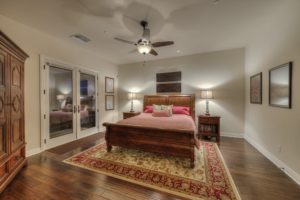Is Your Home Trying to Kill You? By Joe Szabo, Scottsdale Real Estate Team
 By Joe Szabo, Scottsdale Real Estate Team
Home is where you feel comfortable and safe. It’s where you tuck your kids into bed and lazily watch hours of Netflix on the couch.
Without your care and vigilance, however, your home may develop conditions that can make you severely ill — or even kill you.
Here are five ways your home can potentially harm you, and expert advice on preventing them from affecting your household.
By Joe Szabo, Scottsdale Real Estate Team
Home is where you feel comfortable and safe. It’s where you tuck your kids into bed and lazily watch hours of Netflix on the couch.
Without your care and vigilance, however, your home may develop conditions that can make you severely ill — or even kill you.
Here are five ways your home can potentially harm you, and expert advice on preventing them from affecting your household.

 By
By  By
By 

 By
By  By
By  By
By  By
By 



